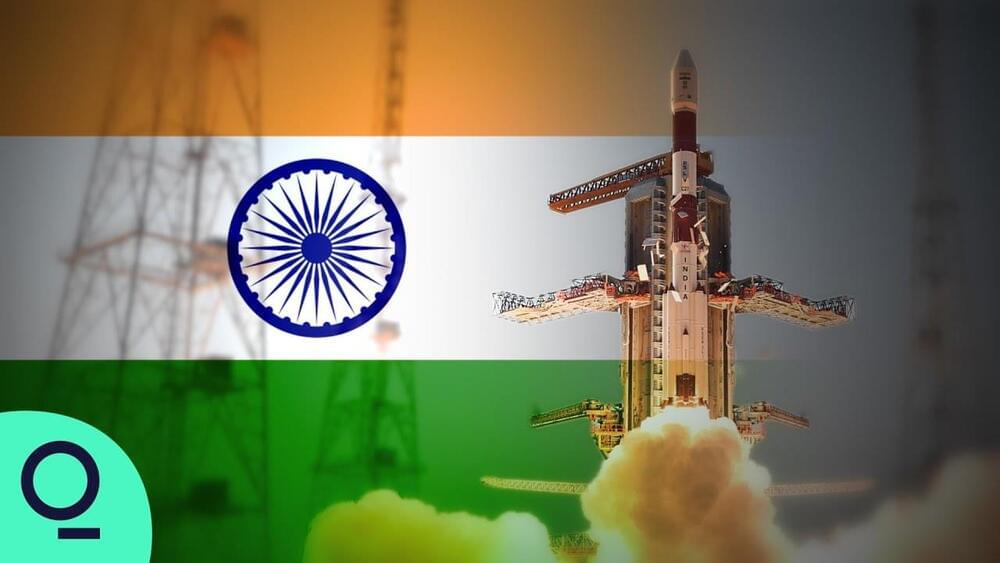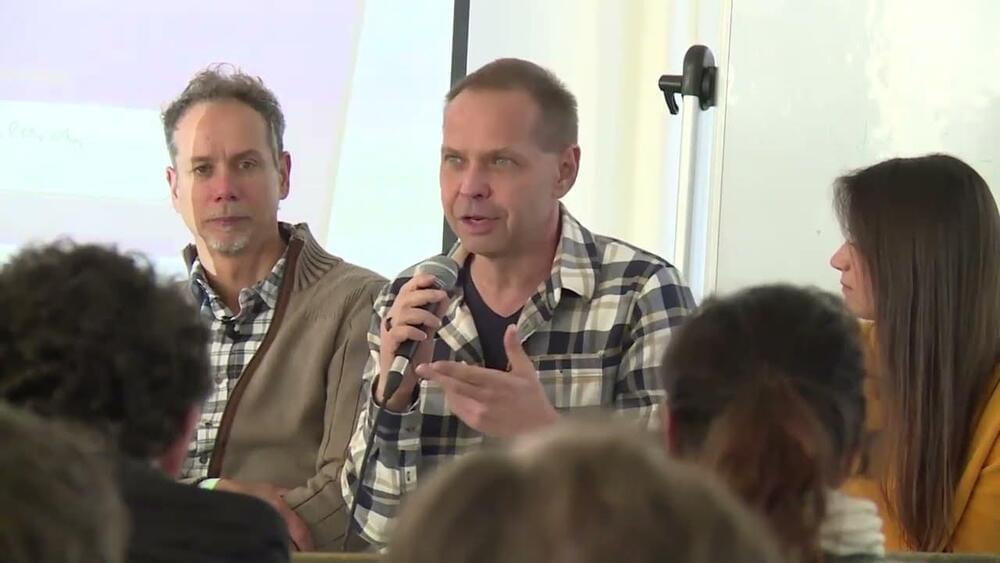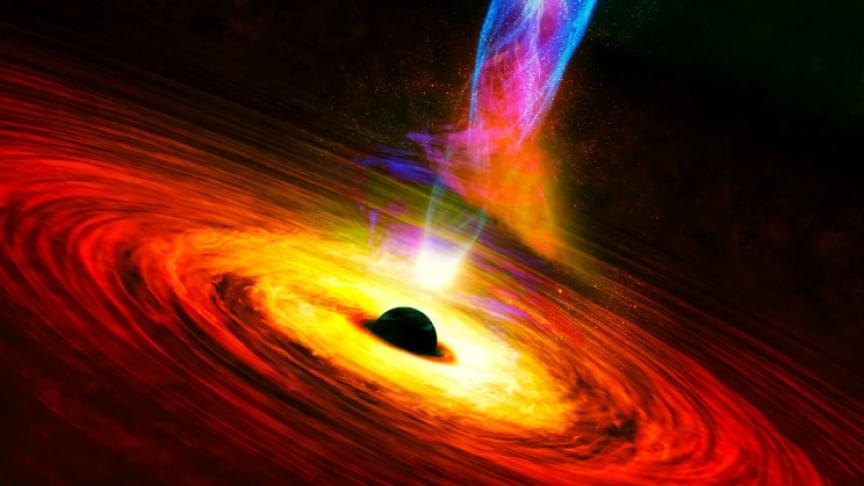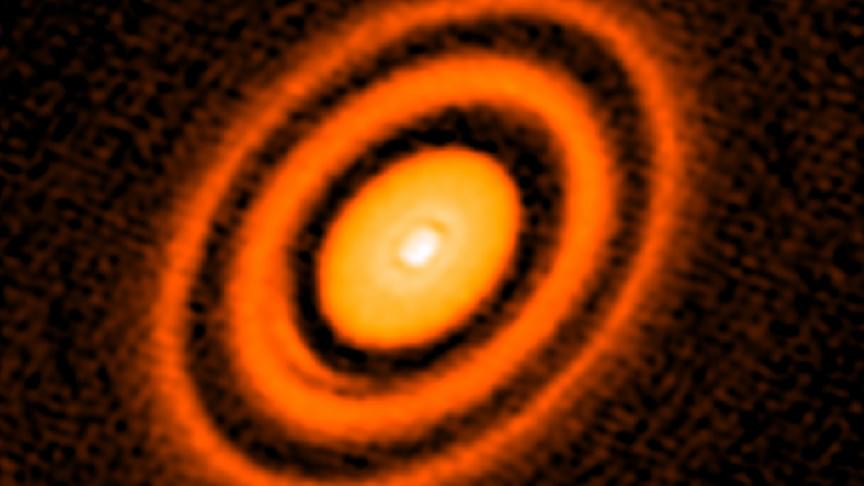Studies that map the adaptive value of viral mutations hint at how the COVID-19 pandemic might progress next.
India is one of only a handful of nations that have sent probes to the moon and Mars. But the most impressive part of its space program is its cost-effectiveness. Unlike other government space organizations, India’s agency is extremely efficient, with the lowest cost-per-kilogram in the industry. Now India is throwing open its doors to private companies and raising its stellar ambitions.
#India #Space #BloombergQuicktake.
——-
Like this video? Subscribe: https://www.youtube.com/Bloomberg?sub_confirmation=1
Become a Quicktake Member for exclusive perks: https://www.youtube.com/bloomberg/join.
QuickTake Originals is Bloomberg’s official premium video channel. We bring you insights and analysis from business, science, and technology experts who are shaping our future. We’re home to Hello World, Giant Leap, Storylines, and the series powering CityLab, Bloomberg Businessweek, Bloomberg Green, and much more.
Subscribe for business news, but not as you’ve known it: exclusive interviews, fascinating profiles, data-driven analysis, and the latest in tech innovation from around the world.
At present time, these two are bold statements made by Michael Greve, Founder and CEO at Forever Healthy Foundation. I whish him full success in contributing to make them practical ones in the not so distant future:
* “First thing that you have to consider is what means healthy and healthy does not only means rejuvenation because you can be 25 and still be in bad place…”
* “Health is more than just taking people from old age to young age”
Suspected Russian hackers left a message on the foreign ministry website, according to reports. It said: “Ukrainians! … All information about you has become public. Be afraid and expect worse. It’s your past, present and future.”
The message reproduced the Ukrainian flag and map crossed out. It mentioned the Ukrainian insurgent army, or UPA, which fought against the Soviet Union during the second world war. There was also a reference to “historical land”.
In a message to the Guardian, the foreign ministry’s spokesperson, Oleg Nikolenko, said: “As a result of a massive cyber-attack, the website of the ministry of foreign affairs and other government agencies are temporarily down.”
Sagittarius A* keeps flashing randomly on a daily basis. Astronomers mapped 15 years of radiation bursts to try to figure out why.
The supermassive black hole at the center of the Milky Way, Sagittarius A*, keeps releasing random bursts of radiation on a daily basis and no one can figure out what is causing it. Now, an international team of researchers compiled 15 years of data to try and solve the mystery.
The team, led by a postgraduate student named Alexis Andrés, mapped a decade and a half’s worth of gamma-ray bursts from Sagittarius A* using NASA’s Neil Gehrels Swift Observatory.
These bursts ranged from tens to hundreds of times brighter than the normal signals sent out by the supermassive black hole at the heart of our galaxy, but they don’t appear to follow a discernable pattern.
The data from 2006 to 2008 show high levels of gamma-ray activity, followed by a rapid four-year-long drop, after which activity shot back up, starting in 2012.
The sun was once surrounded by rings of gas and dust similar to those orbiting Saturn, a new study published in the journal Nature Astronomy reveals.
These rings played a vital role in the formation of our solar system and in the size and habitability of Earth.
The early sun’s dust and gas rings may have stopped our planet from becoming a “super-Earth,” according to the Rice University astrophysicists behind the new paper. “In the solar system, something happened to prevent the Earth from growing to become a much larger type of terrestrial planet called a super-Earth,” Rice University astrophysicist André Izidoro, said in a press statement.
In our solar system, Saturn is the farthest planet from Earth that can be seen with the naked eye. And if it is destroyed by an asteroid while you are watching it (with or without a telescope), the ringed planet would still be visible to you for around 80 minutes, on average, even after it’s in bits and pieces. This happens because the average distance between Saturn and Earth is 0.00015 light-years, which means that the light from Saturn takes approximately 80 minutes to rea… See more.
A lightyear is a unit that denotes the distance of objects from Earth in space. But how did it come to be and how does it help us in space travels?
The North Korean threat actor group known as ‘BlueNoroff’ has been spotted targeting cryptocurrency startups with malicious documents and fake MetaMask browser extensions.
The motive of this group is purely financial, but its sophistication in carrying out objectives has previously led researchers to conclude that this is a sub-group of the North Korean Lazarus gang.
Although BlueNoroff has been active for several years, its structure and operation have been shrouded by mystery.









